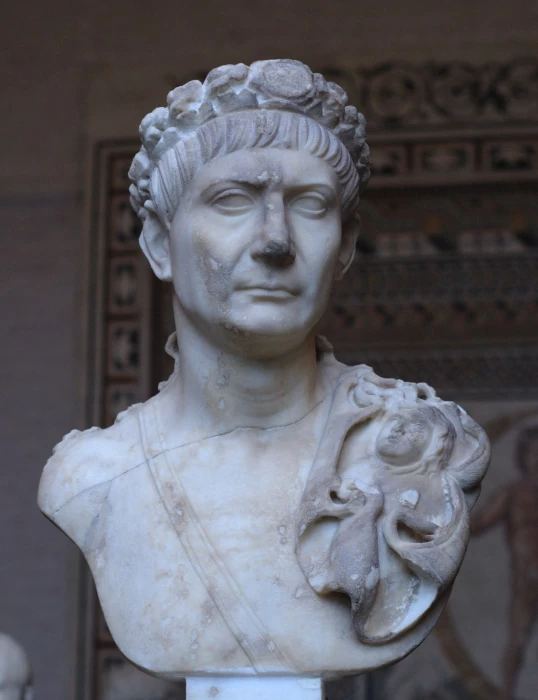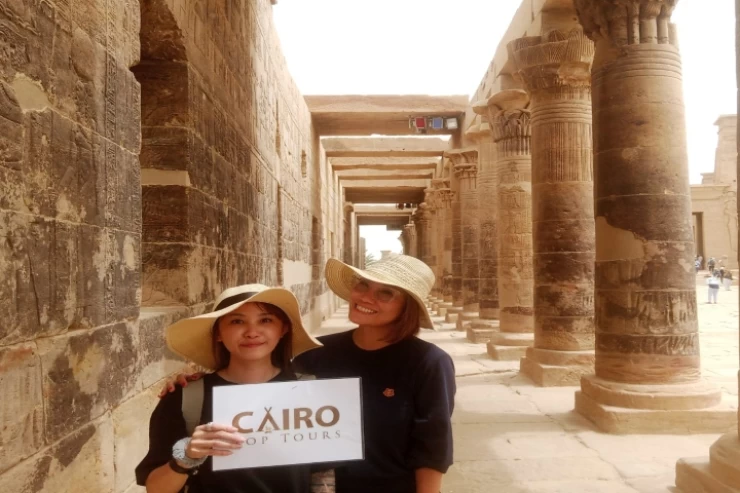
Emperor Trajan
From 98 to 117 CE, Trajan, also known as Marcus Ulpius Traianus, ruled as Roman emperor. Known for his charitable reign, he improved the dilapidated road system, constructed aqueducts, and public baths, and expanded the port of Ostia, among other beneficial public works for the populace.
the Roman Emperor Trajan was Seco and of the Five Good Emperors to rule the Roman Empire. Trajan was born on September 18, 53, in the city of Italica, and rose in the ranks of the Roman army. Trajan's father was the ruler of Syria in the year 77, he was appointed consul and brought Apollodor of Damascus with him to Rome.
Trajan was the first Roman emperor born in Italica. Regaining full power, the Senate began a form of state welfare, designed to ensure that poor children were provided with care and food. He was looking at the empire from a different perspective, in order to reach the maximum extent of his rule, in order to maintain close control of the state's finances. Taxes were sufficient during his reign to pay the budgeted expenditures. Emperor Domitian participated in the wars and succeeded Domitian with Nerva, who was unwanted in the army, due to Nerva's need to do anything to gain the support of the army, Nerva accomplished this by naming Trajan his adopted son and successor. When Nerva, the successor of Domitian, died, Emperor Trajan assumed power on January 27, 98, without incident or problems.
In the year 98, Emperor Trajan assumed power after Domitianus. He was initially preoccupied with the conditions of Europe. During his reign, two dangerous projects took place in Egypt: - The first was the renewal of the Ptolemaic Gulf that connects the Nile to the Red Sea, but it was neglected and its sides collapsed, then Trajan restored it and increased its length a lot until it reached Babylon After passing through the city of Ain Shams, it was restored a second time and its length increased slightly during the Islamic era. The second is the construction of the great Babylon Citadel, whose remains are now known as Qasr al-Shama’. It includes six of the oldest Christian churches in Cairo, although when this castle was built, there was only one church inside its walls, which is now known as Abu Serga. In the year 116 Trajan led forces from Rome and from Syria to the east and south of Mesopotamia and captured the capital, Ctesiphon, on the Tigris River. Trajan reached the Persian Gulf and enjoyed the honor of being the first and last Roman general to sail in that remote sea. He dreamed of sailing from there to the shores of Asia and India.
Some historians say that Trajan's policy with Christians was a policy of leniency and tolerance at the beginning and the martyrdom of Saint Ignatius, it is said that there was persecution and killing of Christians even if they considered them Jews. Trajan was the first emperor to declare Christianity a forbidden religion and to put an end to the spread of Christianity, he sentenced many of them to death and sent others to the imperial court in Rome. Then the disputes and rivalries between the Jews and Greece in North Africa returned, and the differences increased, so the Roman governor, Opus, tried to suppress their revolution, but he did not overcome the revolutionaries. Of their national privileges, they were legally stripped, and after this defeat, their dreams were dashed as they awaited the return of freedom and their homeland, and from that era, they converted to Christianity in droves.
Latest Articles
Admin
Seabourn Sojourn Cruise Stops in Safaga Port
The Seabourn Sojourn, the flagship vessel of Seabourn Cruise Line's ultra-luxury fleet, was built in 2008 at the T. Mariotti shipyard in Genoa, Italy. Measuring 198 metres, it can accommodate up to 450 guests in its 225 spacious all-suite staterooms.
Admin
Norwegian Sky Cruise Stops in Safaga Port
Norwegian Cruise Line operates a cruise ship called the Norwegian Sky. It was constructed in 1999 and can accommodate 2,004 passengers in addition to 878 crew members. The ship has several dining establishments, lounges and bars, a spa and fitness center, swimming pools, and a number of entertainment areas.
Admin
Explora II Cruise Stops in Safaga Port
Explora II, the second vessel in the Explora Journeys fleet, sets sail in 2024 to redefine luxury cruising. With 461 ocean-front suites, 9 culinary experiences, and 4 pools, this haven of sophistication and sustainability promises an unforgettable "Ocean State of Mind" journey to inspiring destinations.
Admin
Mein Schiff 6 Cruise Stops in Safaga Port
The Mein Schiff 6 is the latest cruise ship in the renowned TUI Cruises fleet, offering passengers a luxurious and sophisticated cruise experience. At 315 metres long, this floating resort features a range of dining options, entertainment, and recreational facilities, including a spa, fitness centre, and sports amenities.
Admin
Mein Schiff 4 Cruise Stops in Safaga Port
When the Mein Schiff 4 cruise ship docks in Safaga, Egypt, passengers are granted access to a realm of ancient wonders. Aboard this state-of-the-art vessel, guests can embark on meticulously curated shore excursions that showcase the region's most iconic landmarks, including the Giza Pyramids, the enigmatic Sphinx, and the remarkable tombs and temples of the Valley of the Kings in Luxor.
Admin
MS Europa Cruise Stops in Safaga Port
The Silver Moon, Silversea's latest flagship, is a luxury cruise ship that offers an exceptional travel experience for Venezuelans exploring Egypt. With a capacity of 596 guests and an impressive 40,700 gross tonnes, the Silver Moon maintains the small-ship intimacy and spacious all-suite accommodations that are the hallmarks of the Silversea brand.














